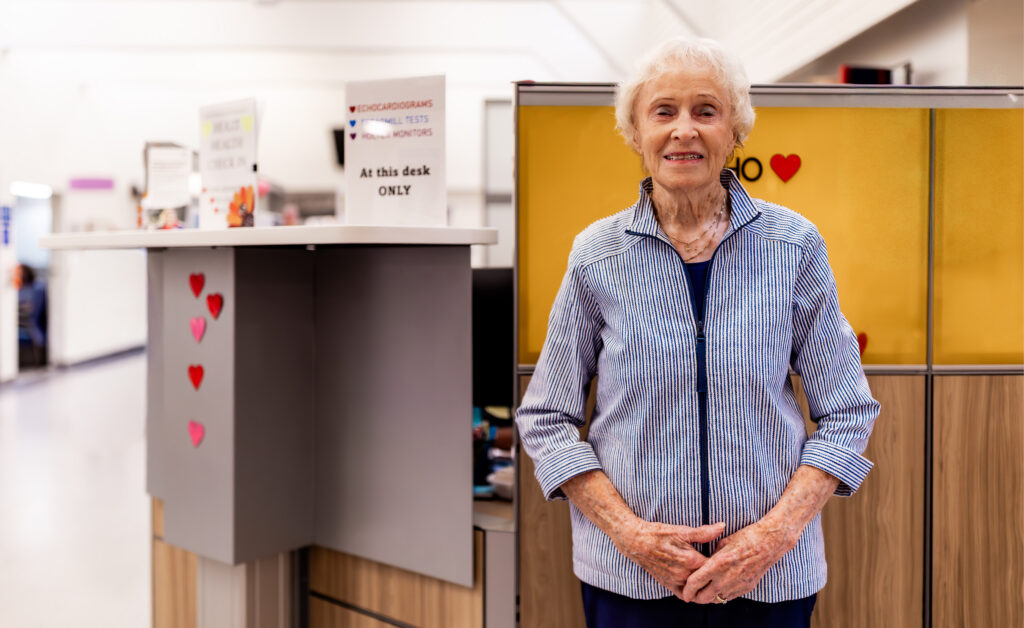by Linda Walker | Peninsula Physiotherapy & Massage
Foot pain is no laughing matter and affects many people! Due to the fact that our feet are a main weight-bearing joint, it’s very important to keep them healthy and functional. To better understand how to do this, let’s start by breaking things down into acute injuries versus long-term or chronic changes.
Acute injuries are defined as those that happen through traumatic events where there is a “point in time” when an accident occured. This may include things like stubbing and breaking a toe or a forefoot bone, breaking an ankle or straining the Achilles tendon while running hard up a hill.
When acute injuries happen, there’s a very clear assessment and treatment protocol to follow. For instance, you may have X-rays or muscle-tendon ultrasound to help diagnose the problem, usually at the hospital or your GP. Then we perform physiotherapy to rehabilitate the injury and get you fully functional. We often see clients in our clinic for post-fracture or strain rehabilitation.
Fractures and ligament sprains take six to eight weeks on average to heal, and soft tissue injuries to muscles or tendons take four to six weeks. Early diagnosis and rehabilitation are the fastest route to recovery and we encourage people to come in as early as possible to expedite good healing and return to function or sport. During physiotherapy rehab you can expect a thorough assessment of both the area directly injured, as well as surrounding joints and tissues. Education is key and you should seek out as much information as needed about what to do and what to avoid. Manual therapy and research approved modalities are often applied to help decrease pain, improve mobility and regain strength. Exercises are prescribed according to the timelines of tissue healing, and are progressed within a pain-free range of motion. Your practitioner should make sure that your activity goals are met before discharge and/or return to sport.
Chronic injuries, or normal “use over time” issues, require a different approach. These types of issues are easier to understand if we take a moment to explain what typically happens to the foot with normal use over time. The most common finding is that the longitudinal and side-to-side arch of the foot slowly descend towards the ground over time. This is due to the pressures of gravity, body weight and added forces from specific sports. This creates lengthening of the plantar fascial muscles and ligaments which hold the arch up. The small cushioning pads under the base of the toes decrease in height which can lead to extra pressure on the toe joints. The calf muscles and Achilles tendon shorten and can lead to altered movement of the foot, ankle and knee and pain and dysfunction will result.
Treatment aims to resolve any altered tissue length or strength in order to restore more normal biomechanics. The foot has amazing movement adaptation in order to keep you balanced, so we take the time to assess the root cause of the problem and build you back up!




